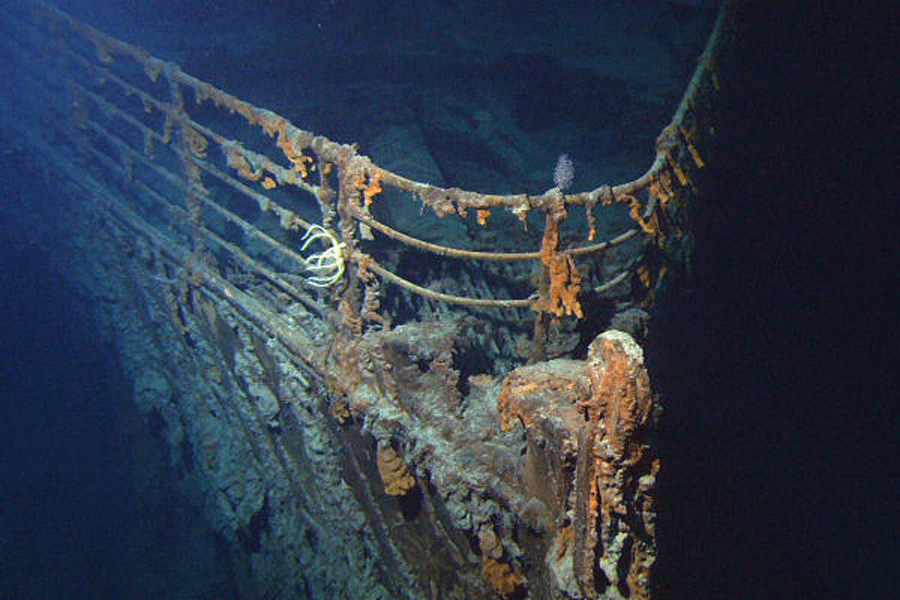A rescue operation was underway deep in the north Atlantic Ocean on Monday in search of the submersible carrying five people down to the wreckage of the Titanic.
The intensive, multinational effort involves teams from US and Canadian Coast Guard services and private vessels.
Rear Admiral John Mauger, who is overseeing the search-and-rescue operation for the US Coast Guard, said rescuers “are doing everything we can do” to locate the five people aboard.
But he was the first to admit the conditions made the missing vessel a “very complicated problem” to solve.
Time is of the essence. David Concannon, an adviser to Ocean Gate, the company that owns the submersible, said it had a 96-hour oxygen supply starting from roughly 6am local time on Sunday.
Rescuers have warned it could take up to two days to reach the ocean floor if the vessel has sunk.
Rear Admiral Mauger said the Coast Guard was aware they were racing against the clock during a press conference on Monday afternoon.
Another major challenge is the stretch of water in which the vessel disappeared, where waves rise between three to six feet and visibility is poor.
The location of the search is approximately 1,448km east of Cape Cod, Massachusetts, in a water depth of roughly 3,962 metres.
“It is a challenge to conduct a search in that remote area,” Rear Admiral Mauger said.
Chris Parry, a retired British navy rear admiral, said the environment below the water also posed a challenge.
“The actual nature of the seabed is very undulating,” he told Sky News. “Titanic herself lies in a trench. There’s lots of debris around. So trying to differentiate with sonar in particular and trying to target the area you want to search in with another submersible is very difficult indeed.”
Another worrisome scenario is a leak in the pressure hull, said Alistair Greig, a professor of marine engineering at University College London.
“If it has gone down to the seabed and can’t get back up under its own power, [the] options are very limited,” Greig said.
The Daily Telegraph, London











